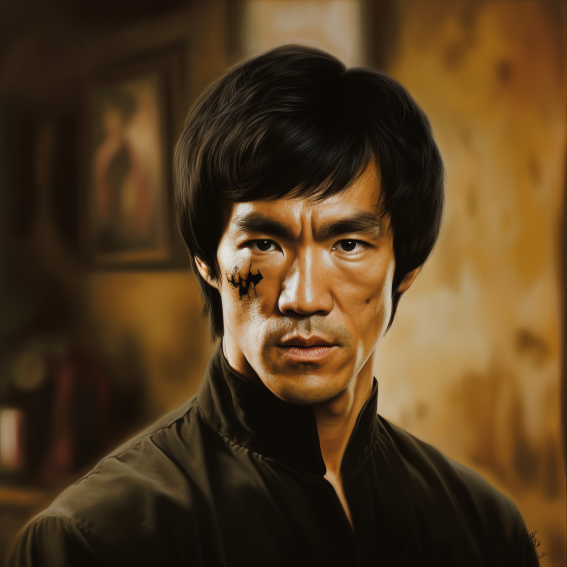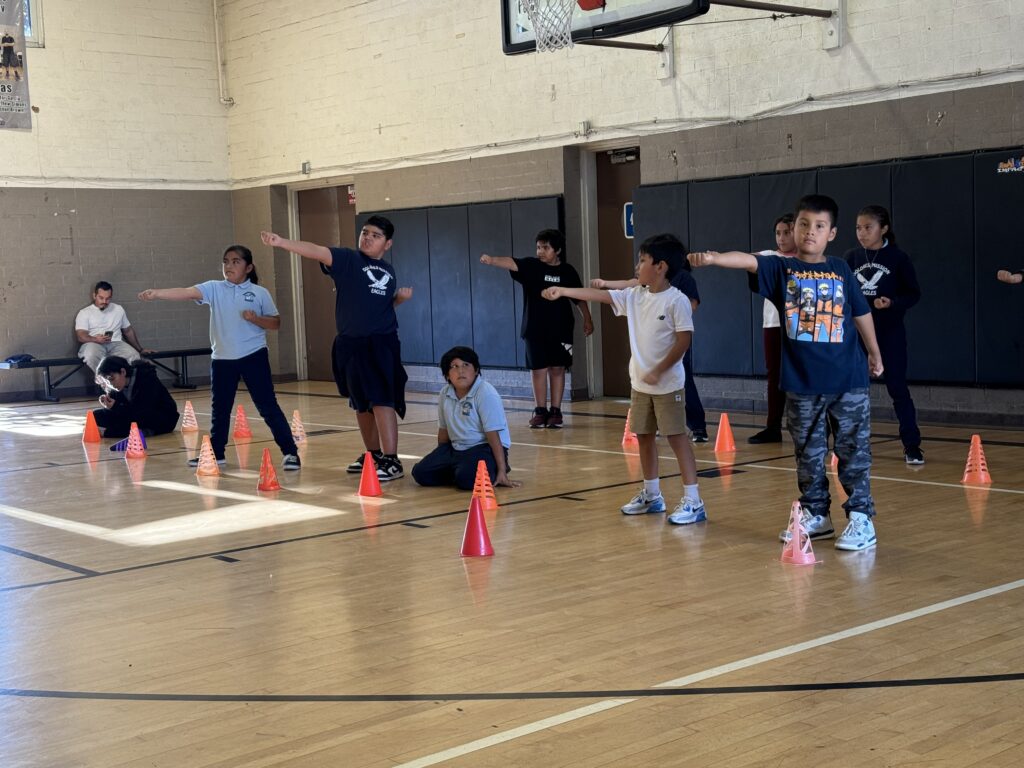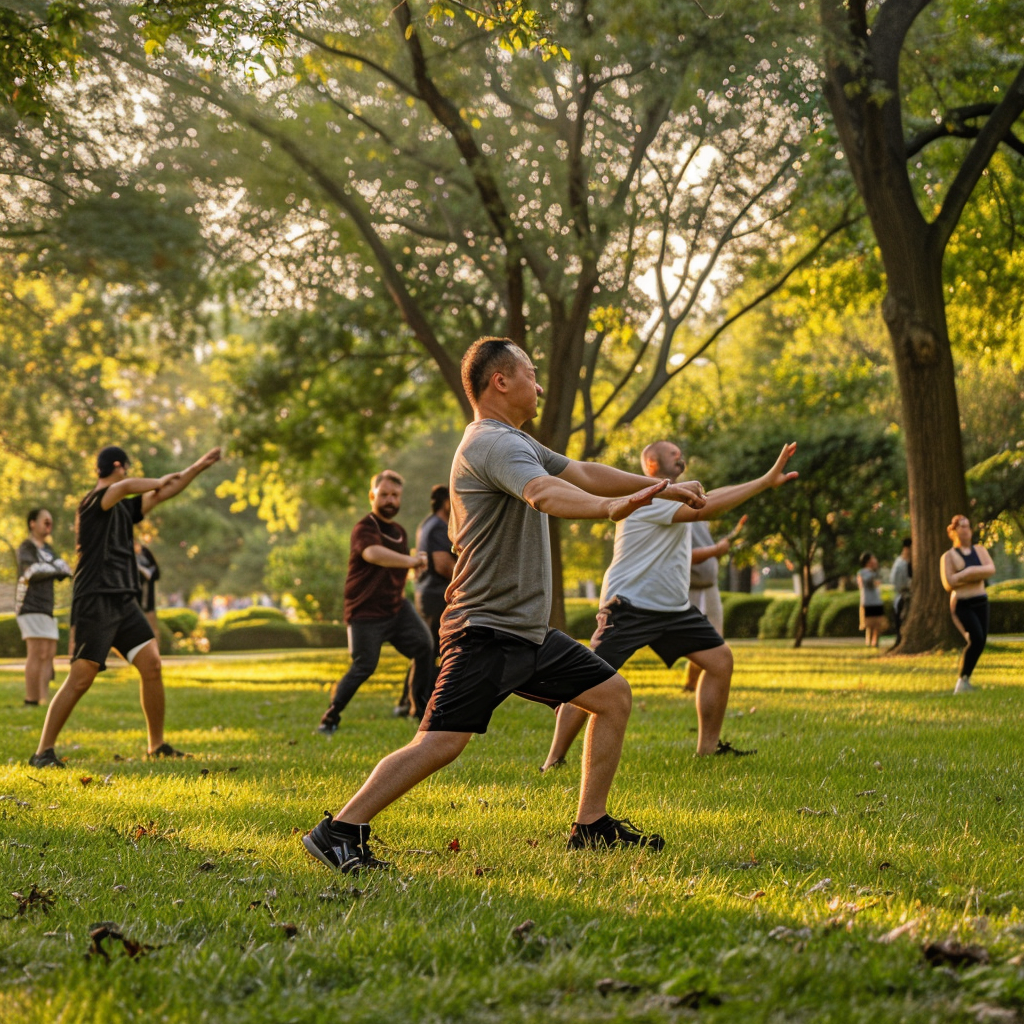While many physical activities and sports are geared towards one specific focus, the world of martial arts is multi-faceted. From the serene, meditative forms (taolu) of Kung-Fu to the direct trench combat of Krav Maga lies a diverse set of choices for your martial arts focus. It is a journey that can be crafted into a personal blend of challenges for each student.
Emerging from a blend of discipline, skill, and physical prowess, martial arts is a sport that allows practitioners to acquire a wide array of building blocks while standing upon a shared foundation.
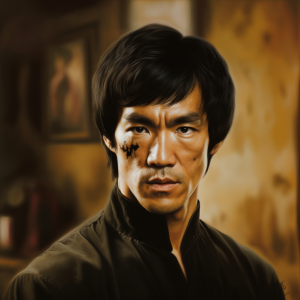 Embracing Individuality
Embracing Individuality
In the advanced levels of martial arts philosophy lies an important concept – each practitioner embodies individuality, encompassing unique attributes, strengths, and aspirations.
This essence embodies the legendary Bruce Lee. Lee’s revolutionary approach prized personal adaptation and the fusion of diverse styles, encapsulated in his personal quote, “Absorb what is useful, discard what is not, add what is uniquely your own.”
Jeet Kune Do, Lee’s creation, was a demonstration of shaping a personalized martial arts journey, where he paired flexibility and innovation over rigid conformity.
The Mastery of Specialization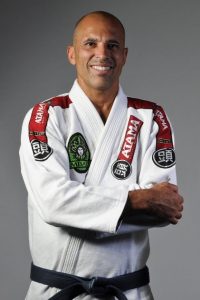
Royce Gracie’s unmatched success in the early UFC showcased an entirely different facet of martial arts. Gracie’s exceptional command of Brazilian Jiu-Jitsu demonstrated the critical role of specialized training in ground tactics and submissions.
His triumphs emphasized the importance of honing specific combat techniques, revealing that martial arts training programs should be meticulously tailored to accentuate specific aspects of combat.
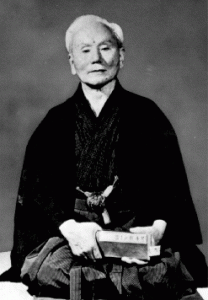 Tradition and Evolution
Tradition and Evolution
Gichin Funakoshi, the founder of Shotokan Karate, stood as a beacon for preserving tradition in martial arts.
His unwavering dedication to the cultural and philosophical dimensions of martial arts, woven seamlessly with physical practice, provides a counterpoint to contemporary eclectic approaches.
Funakoshi’s devotion to kata and their profound philosophy highlighted the significance of comprehending historical contexts and safeguarding the core of traditional martial arts, even as their practice continues to evolve.
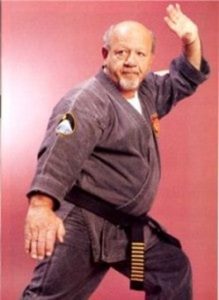
Diversity in Kempo
Nick Cerio became interested in martial arts after being introduced to Judo while in the Air Force.
After receiving his first black belt in Karazenpo Go Shinjutsu, he went on to accomplish the following:
- 1st degree black belt in HakkoryuJujutsu
- 5th degree black belt in Okinawan weapons and self-defense under Tadashi Yamashita
- 8th degree black belt in Sil Lum Kung Fu
- 9th degree black belt in Kenpo Karate
In 1989 he was given the title of professor by Thomas Burdine.
In addition, he founded a branch of Kenpo known as ‘Nick Cerio’s Kenpo’ which he built up to an organization of more than 65 schools in the United States, Canada, Europe and South Africa.
Cerio’s kenpo was a combination of Judo, Jujitsu, boxing, Kung Fu, and Shotokan. He was masterful at blending everything he learned from his diverse background and incorporating it into new and innovative techniques.
A Headmaster under Cerio’s lineage once said in reference to the popularity of MMA, “Suddenly mixed martial arts is all anyone is looking for. Martial arts has always been mixed. My question to them is, who un-mixed it?”
From the calculated moves of Bruce Lee, the ground mastery of Royce Gracie, the traditional elegance of Gichin Funakoshi, and the diversity of Nick Cerio, martial arts highlight the unique essences that set apart these legendary men. Yet, amidst the allure of their achievements, it’s imperative to grasp that the journey towards martial arts excellence defies a singular template. Just as martial artists harbor distinct strengths and areas of expertise, the programs that sculpt them into icons are marked by remarkable diversity.
Navigating the rich terrain of martial arts training philosophies can require a bit of direction, so let’s shed some light on the art of how you can find the right martial arts program, design your own tailored training regimen, and explain the profound significance of embracing this multifaceted art.
How Can I Find the Right Program for Me?
Whether you’re a budding martial artist or have been training for a while, you may find yourself somewhere within this same question. Many chain martial arts programs today teach a generalized form of martial arts – specializations such as weapons, ground tactics, etc. are either not offered at all or are offered at an extra cost. While we are not discounting the value of what they teach, the focus of this article is the diversity that is available within martial arts.
We have put together a list of some points you can address when you’re considering a program that has more of a diverse range of training. Ask yourself these questions, and research the facility/class before signing up.
- Set Clear Goals: Determine your goals for training in martial arts. Are you interested in self-defense, fitness, or personal development? Your goals will influence the type of program you should seek.
- Research Martial Arts Styles: Different martial arts styles emphasize different aspects of combat, such as striking, grappling, ground fighting, or a combination of these. Research various styles like Brazilian Jiu-Jitsu, Judo, Karate, Taekwondo, and more to understand their core principles and methodologies.
- Find Schools or Dojos: Search for schools, dojos, or training centers in your area that offer a variety of martial arts styles. Look for schools that specifically mention diversity in training or cross-training opportunities.
- Read Reviews: Read online reviews and testimonials to get an idea of the experiences of current and former students.
- Instructor Credentials: Instructors play a crucial role in your training journey. Look for instructors with reputable backgrounds, certifications, and experience in the aspect of the martial arts that you’re looking for.
- Class Structure: Inquire about the class structure. Do they offer separate classes for different styles or integrate them into a comprehensive curriculum? Are there opportunities to cross-train and explore various techniques?
- Trial Classes: Many schools offer trial classes. Take advantage of these to get a firsthand experience of the training methods, the teaching style, and the overall atmosphere.
- Cost and Contracts: Understand the cost structure and any contract commitments.
- Trust Your Instincts: Your gut feeling matters. Choose a school where you feel comfortable, welcomed, and motivated to learn.
- Long-Term Development: Consider your long-term development. A school that provides a foundation in multiple styles can be beneficial if you’re looking to become a well-rounded martial artist.
Remember, finding the right martial arts program might take time and exploration. Don’t hesitate to ask questions and gather as much information as you can before deciding. An effective, solid, and reputable school will not hesitate to answer your questions and speak with you about designing a program that will work specifically for you.
Why Achieve Martial Arts?
Achieve Martial Arts has a unique martial arts program that fills these needs.
- Set Clear Goals: Achieve Martial Arts utilizes linear learning. Our challenges are laid out in chronological order and get progressively more difficult as your skills develop. The developed skills are divided into belt ranks and are laid out all the way to black belt. Not only can you look forward anywhere on the learning path to see where you’re going, you can also look back to see where you’ve been.
- Research Martial Arts Styles: Kempo karate is a mixed martial arts style. To requote a Kempo Headmaster, “Suddenly mixed martial arts is all anyone is looking for. Martial arts has always been mixed. My question to them is, who un-mixed it?”
- Find Schools or Dojos: Our method allows students access to their instructor 24 hours a day, 7 days a week. Every lesson taught comes directly from a Master Instructor. For more about our classroom dynamic, check out this article: https://btateam.org/unveiling-the-dynamics-of-learning-in-martial-arts-why-do-group-programs-fall-short/
- Read Reviews: https://btateam.org/testimonials/
- Instructor Credentials: Headmaster Josh George has trained in multiple martial arts systems, and at the age of 26 was awarded the title of Master in the art of Shaolin Kempo making him the youngest to hold that title to date. He has been teaching for over thirty years. Master Jeff Kash was awarded his sixth-degree black belt in 2018 at the Shaolin Temple in China. Jeff has been teaching martial arts in Laguna Beach for over twenty years.
- Class Structure: The Achieve Method includes daily fitness schedules, fundamentals, technique, self-defense, and performance challenges.
- Trial Classes: Achieve Martial Arts is currently offering a free 30-Day trial.
https://achievemartialarts.btateam.org/package-sign-up/
- Cost and Contracts: Achieve Martial Arts through Believing Through Achieving requires no contract. The tuition rates are generally 65-75% lower than a typical dojo.
- Trust Your Instincts: Do our no obligation, free trial and you will know.
- Long-Term Development: The benefits that you will find in our program speak for themselves. Not only will you experience the standard fitness benefits, but you will discover things like improved self-confidence, stronger motivation, self-respect, and a host of other personal growth improvements that are unique to the journey within martial arts. Self-defense is just a part of what you can experience when you join our team!
In a world where martial arts frequently revels in the allure of iconic figures, it becomes crucial to comprehend the remarkable variety of styles that forms the foundation of its training philosophies. From Bruce Lee’s personalized adaptability to Royce Gracie’s mastery of the ground, Gichin Funakoshi’s reverence for tradition and Nick Cerio’s extensive diversity, each approach reflects a distinct facet of the martial arts mosaic.
These luminaries remind us that shaping a martial arts program defies uniformity – instead it synchronizes individuality, specialization, tradition, and technical finesse. We aren’t conformed to learn just one style, but rather we can craft our own personal path to our unique journey. By embracing this diversity, we enrich our own experiences while paying respect to the intricate history that defines martial arts.
